Rhyolith
Established Member
Is there any particular benefit to verticals? or is it just personal preference?

Rhyolith":636l38cw said:Is there any particular benefit to verticals? or is it just personal preference?
Rhyolith":260dzavc said:Found a couple on eBay that seem quite small:
https://www.ebay.co.uk/itm/Milling-Mach ... 1438.l2649
https://www.ebay.co.uk/itm/Centec-2-hor ... 1438.l2649
Either of these the sort of thing I should be looking for?








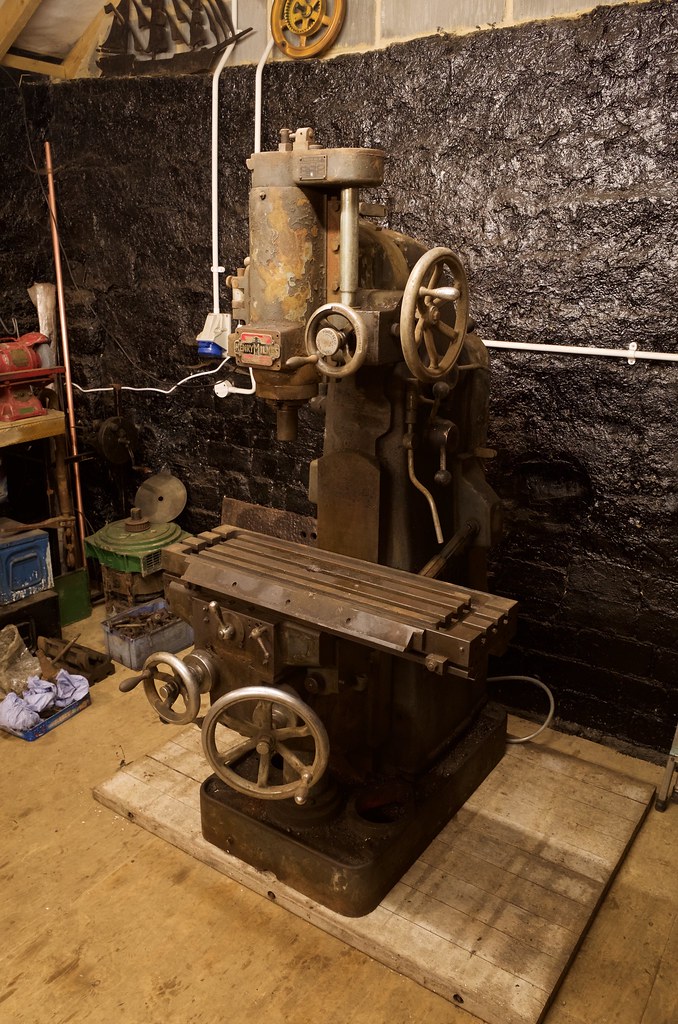 Henry Milnes Milling Machine by Rhyolith, on Flickr
Henry Milnes Milling Machine by Rhyolith, on Flickr Henry Milnes Milling Machine by Rhyolith, on Flickr
Henry Milnes Milling Machine by Rhyolith, on Flickr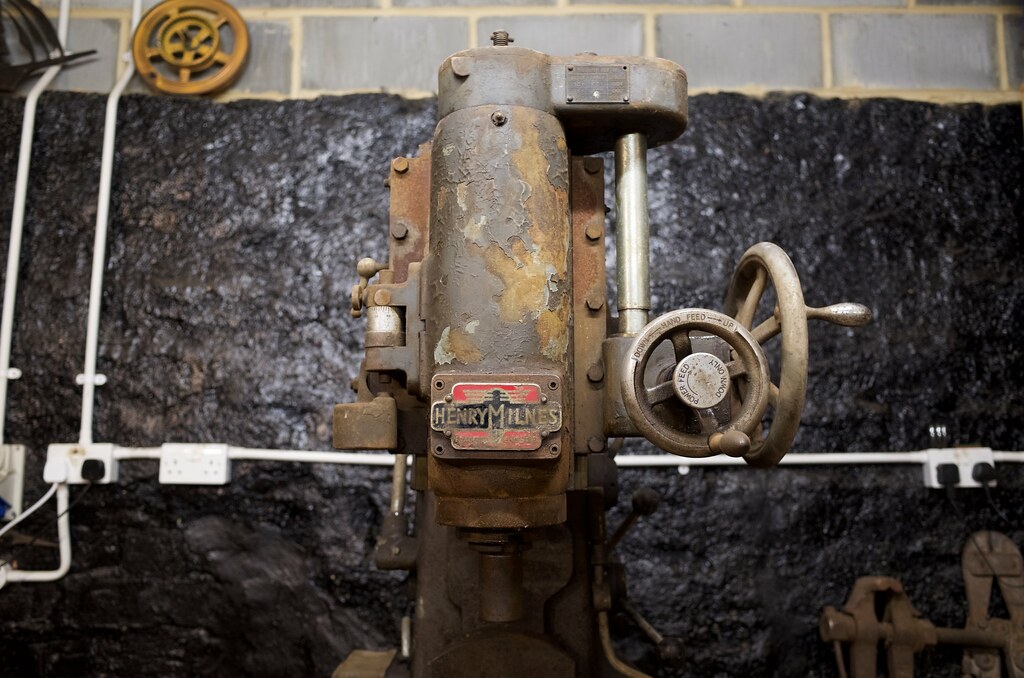 Henry Milnes Milling Machine by Rhyolith, on Flickr
Henry Milnes Milling Machine by Rhyolith, on Flickr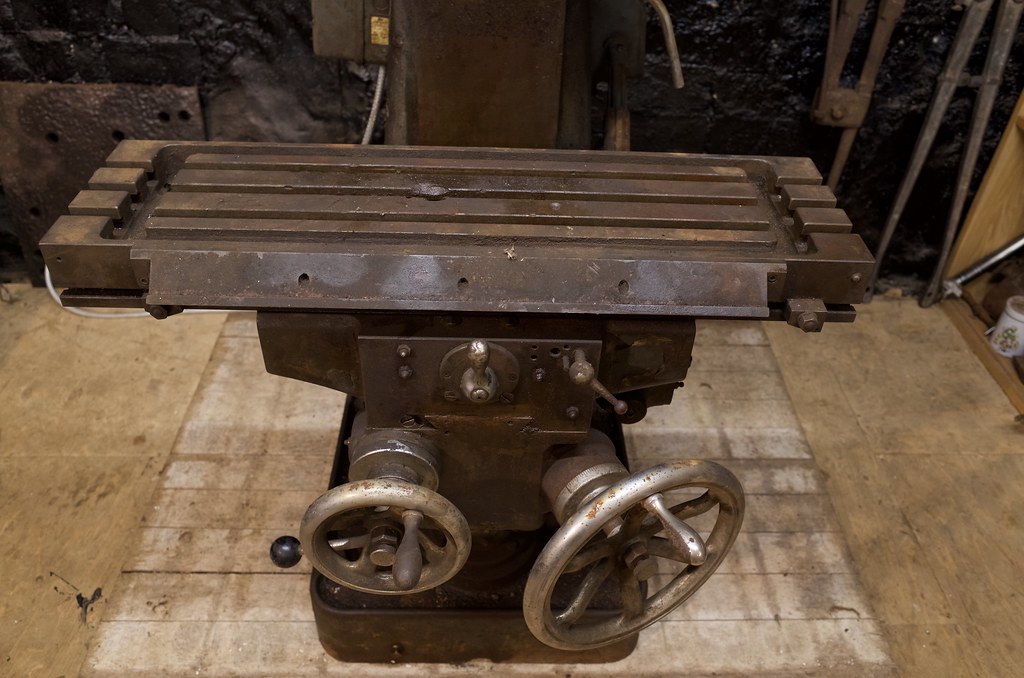 Henry Milnes Milling Machine by Rhyolith, on Flickr
Henry Milnes Milling Machine by Rhyolith, on Flickr Henry Milnes Milling Machine by Rhyolith, on Flickr
Henry Milnes Milling Machine by Rhyolith, on Flickr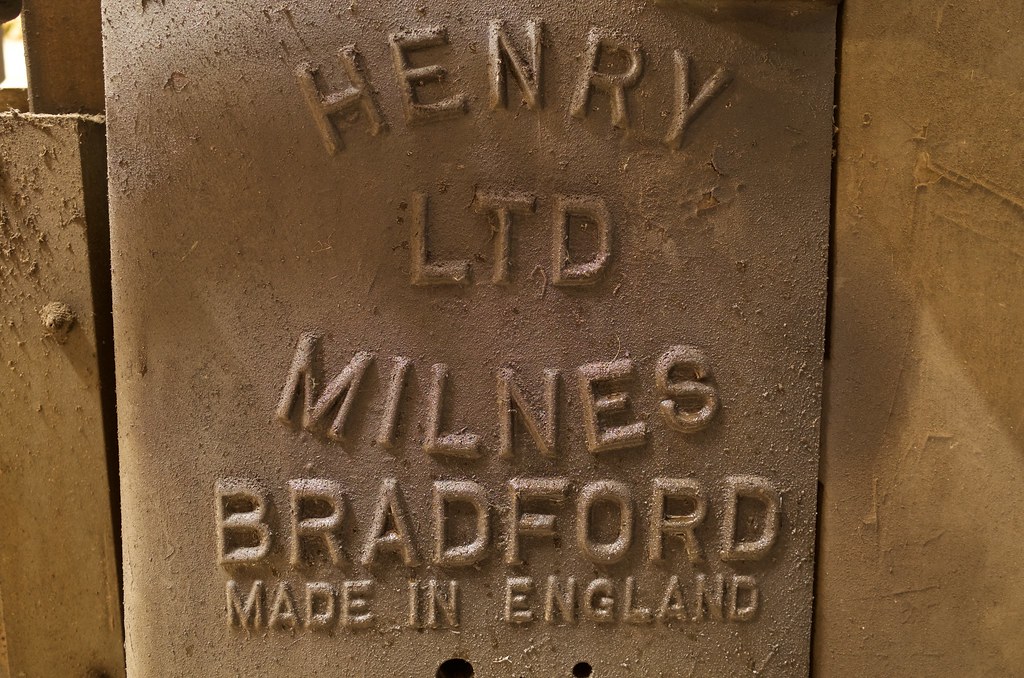 Henry Milnes Milling Machine by Rhyolith, on Flickr
Henry Milnes Milling Machine by Rhyolith, on Flickr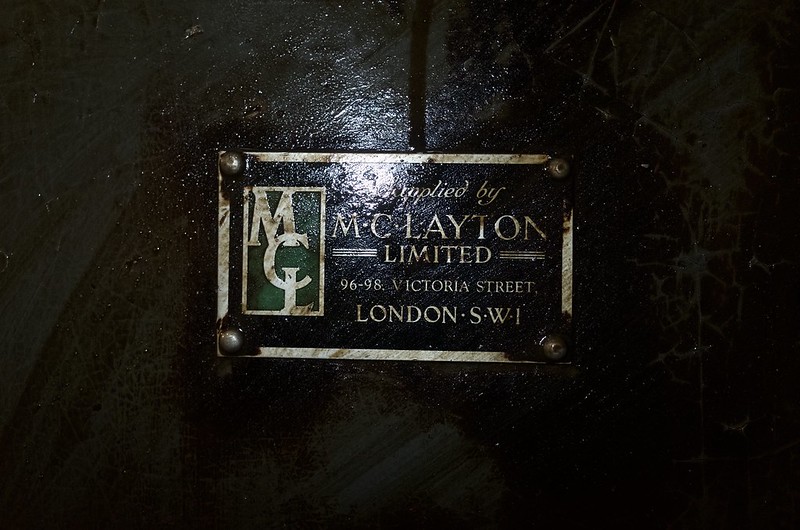 Henry Milnes Milling Machine by Rhyolith, on Flickr
Henry Milnes Milling Machine by Rhyolith, on FlickrThere are two types of nipples I have found on the machine so far:Cheshirechappie":3m9nmij5 said:Grease nipples - actually, they're probably not grease nipples, but oil nipples. Exactly the same principle, but use an oil gun with something like a medium viscosity straight lubricating oil (don't use engine oil, it has a high proportion of detergents and other additives that work very well in a high-temperature high-speed environment, but not so well in a low-temperature low-speed one).
You can get special way oils for machine tools, designed for use in high-pressure very low-speed places like the traverses of milling machines. Especially worth it on the vertical traverse (knee to column) because it'll stay put and not run off into the chip tray.
 Henry Milnes Milling Machine by Rhyolith, on Flickr
Henry Milnes Milling Machine by Rhyolith, on Flickr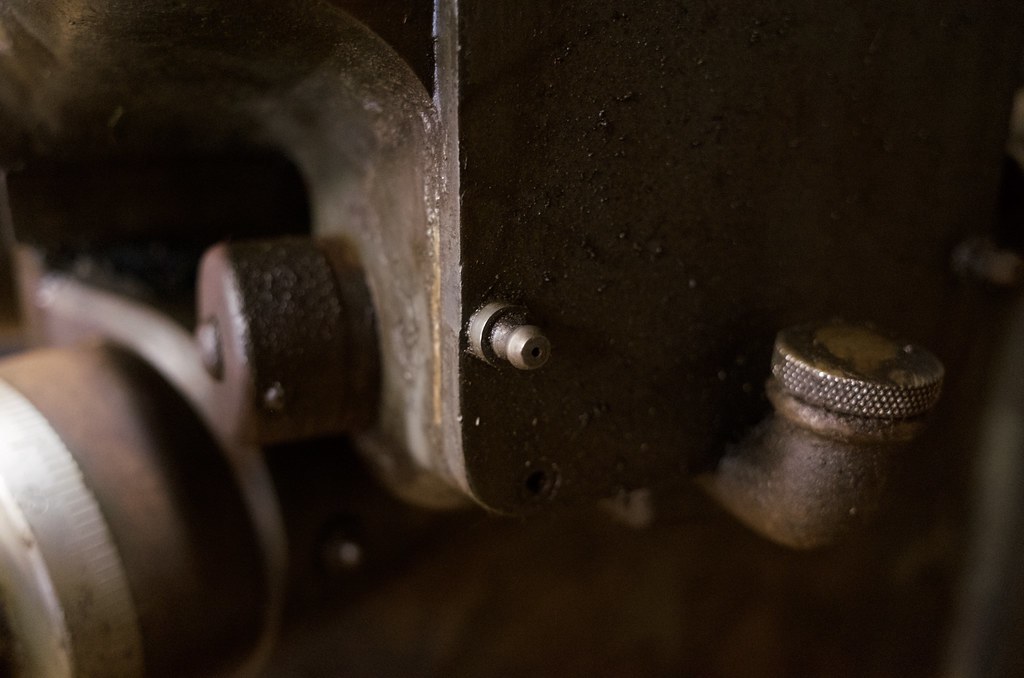 Henry Milnes Milling Machine by Rhyolith, on Flickr
Henry Milnes Milling Machine by Rhyolith, on Flickr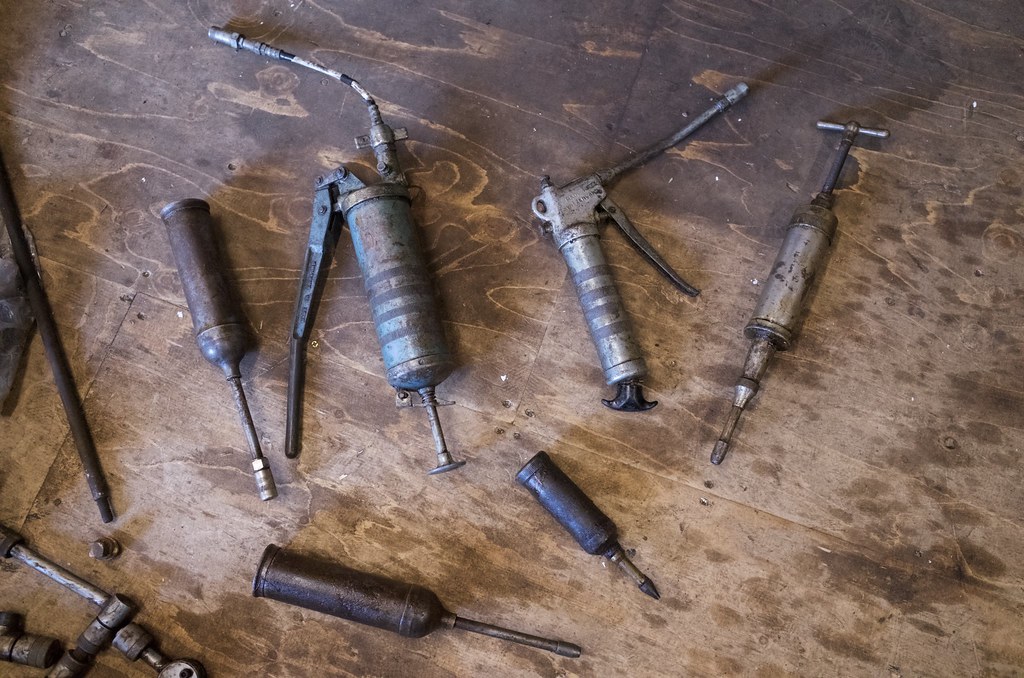 Grease Guns by Rhyolith, on Flickr
Grease Guns by Rhyolith, on Flickr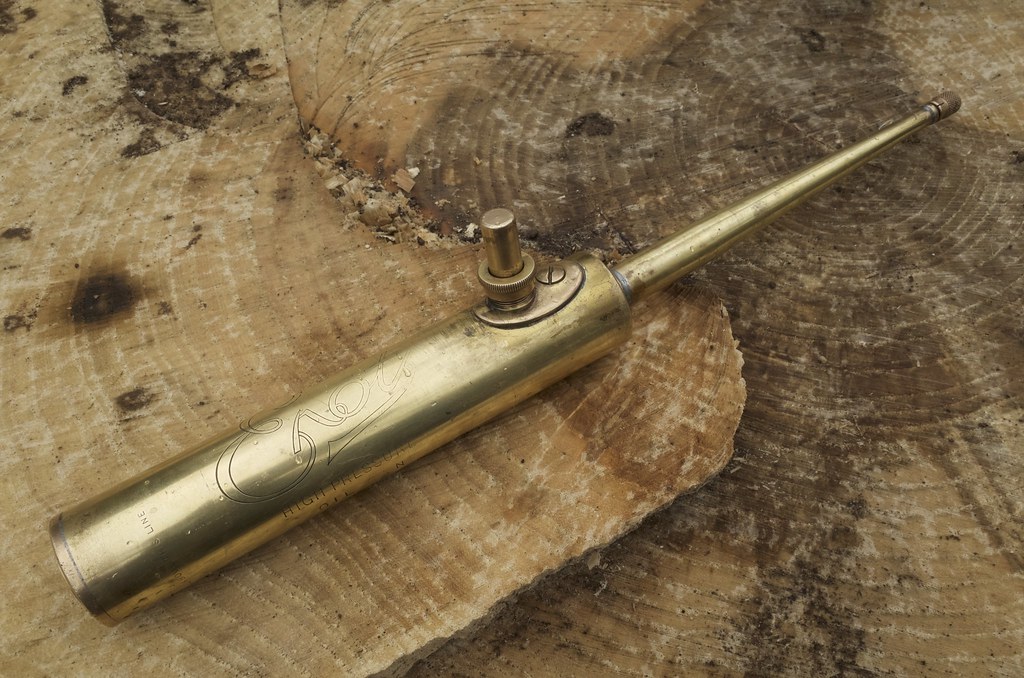 Enots High Pressure Oil Can by Rhyolith, on Flickr
Enots High Pressure Oil Can by Rhyolith, on FlickrHave had a quick look on eBay, your right the machine vices are expensive! Looks like £100 budget is required to get anything decent. The table on the Milnes is 30x8" (bit over 8", see pic), I am assuming the spacing of the slots is standard, it came with plenty of bolts for the slots.Cheshirechappie":3m9nmij5 said:Keep your eyes peeled for a good milling vice. Won't be cheap, but don't be tempted by anything small and weedy. Half the secret of good results with a milling machine is a really rigid job-holding (and tool-holding) set-up
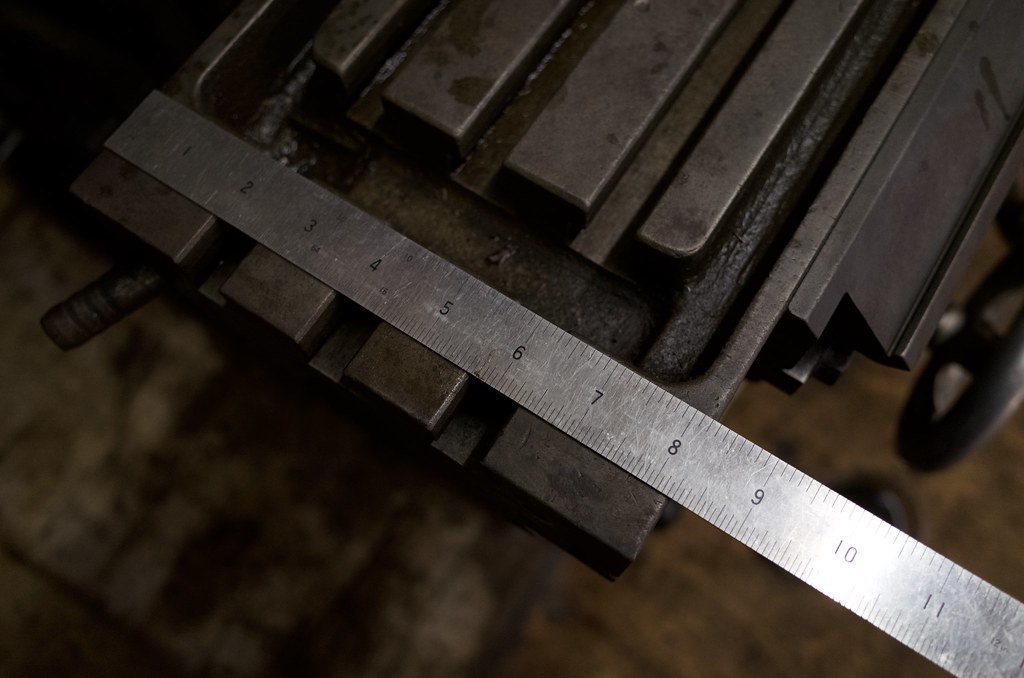 Henry Milnes Milling Machine by Rhyolith, on Flickr
Henry Milnes Milling Machine by Rhyolith, on Flickr
Having watched quite a few machine repair/renovation videos on youtube, a common theme is that the lubrication systems don't work, or don't work completely.Rhyolith":1qb974q7 said:Its 1940s - 50s and apparently a high grade machine http://www.lathes.co.uk/milnesmiller/ (thanks DTR for finding that)
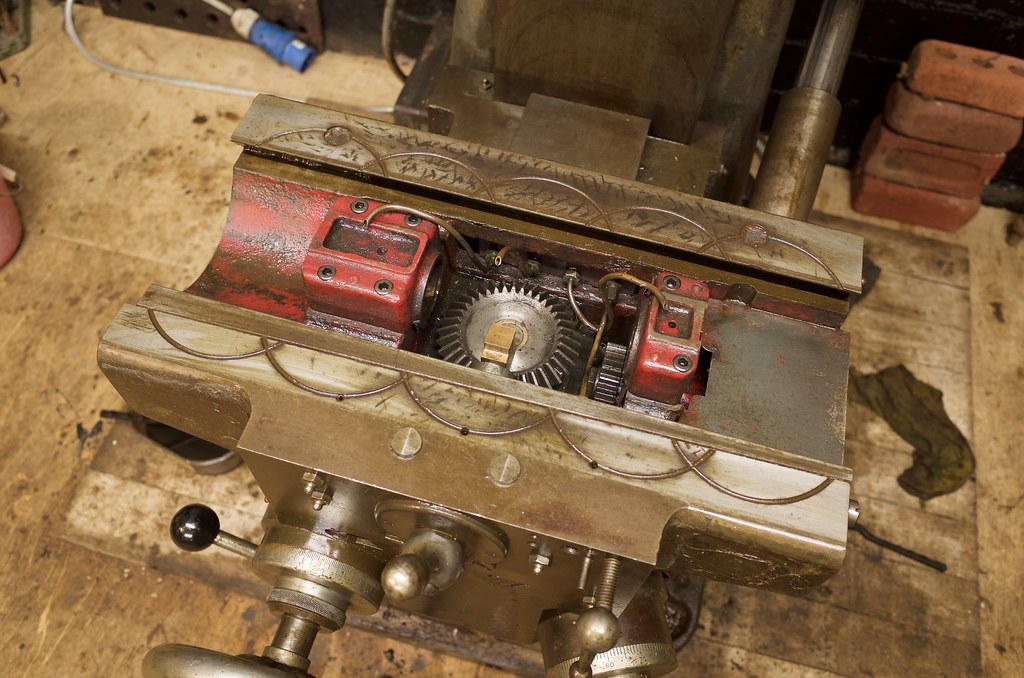 Under the Bed by Rhyolith, on Flickr]
Under the Bed by Rhyolith, on Flickr]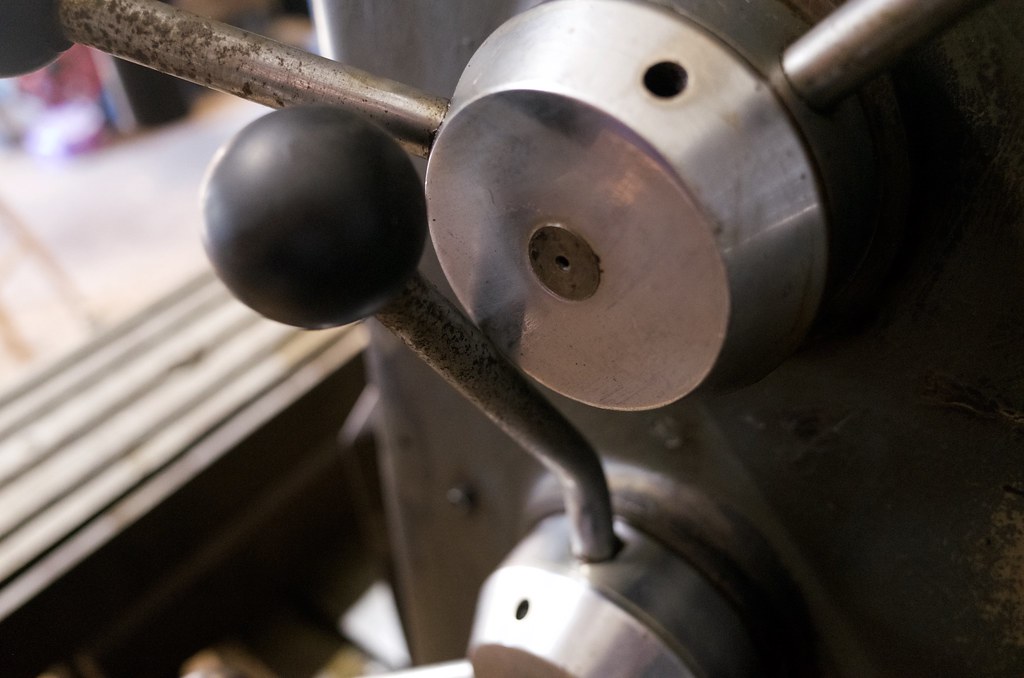 Henry Milnes Milling Machine by Rhyolith, on Flickr
Henry Milnes Milling Machine by Rhyolith, on Flickr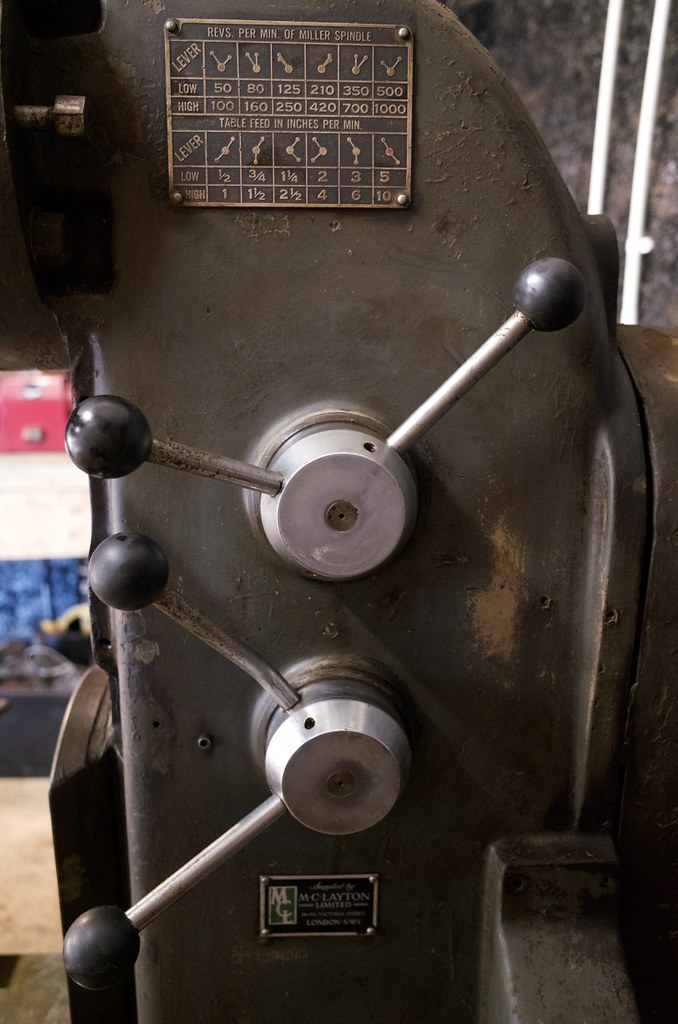 Henry Milnes Milling Machine by Rhyolith, on Flickr
Henry Milnes Milling Machine by Rhyolith, on Flickr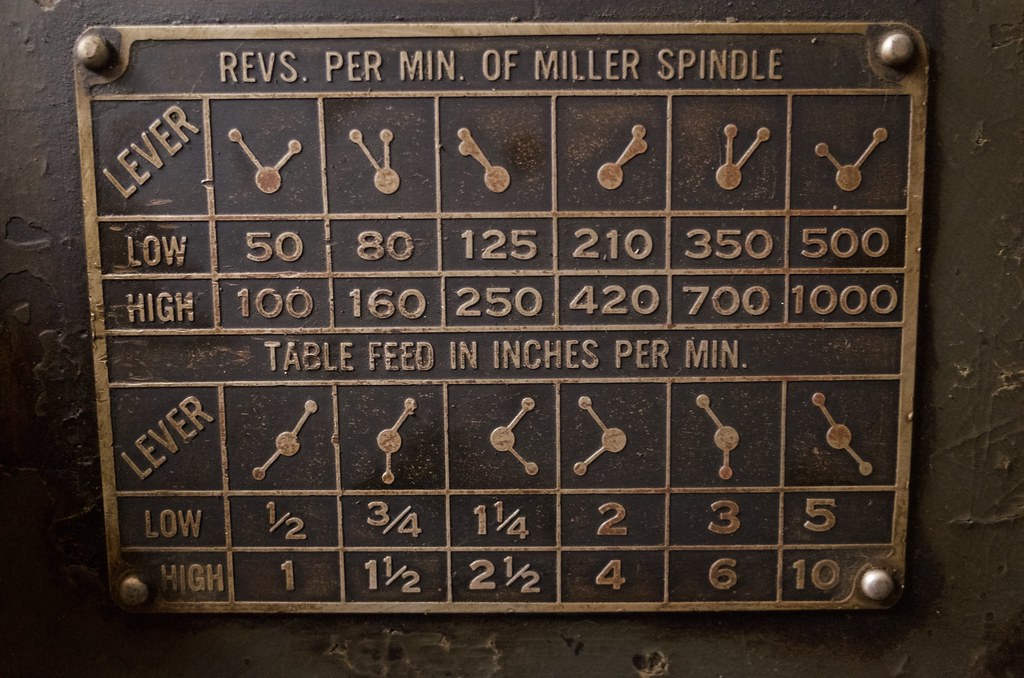 Henry Milnes Milling Machine by Rhyolith, on Flickr
Henry Milnes Milling Machine by Rhyolith, on Flickr Henry Milnes Milling Machine by Rhyolith, on Flickr
Henry Milnes Milling Machine by Rhyolith, on FlickrEnter your email address to join: